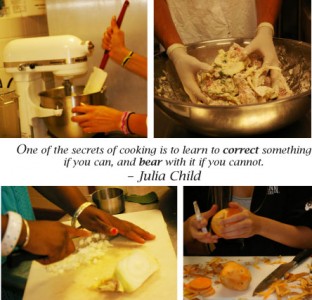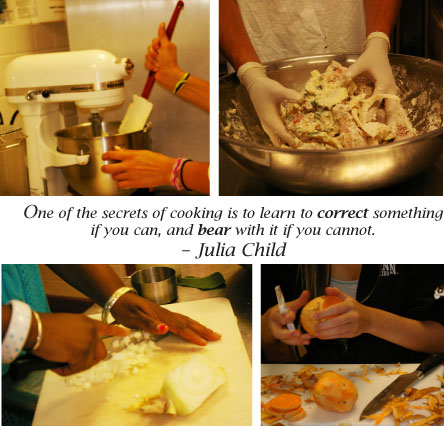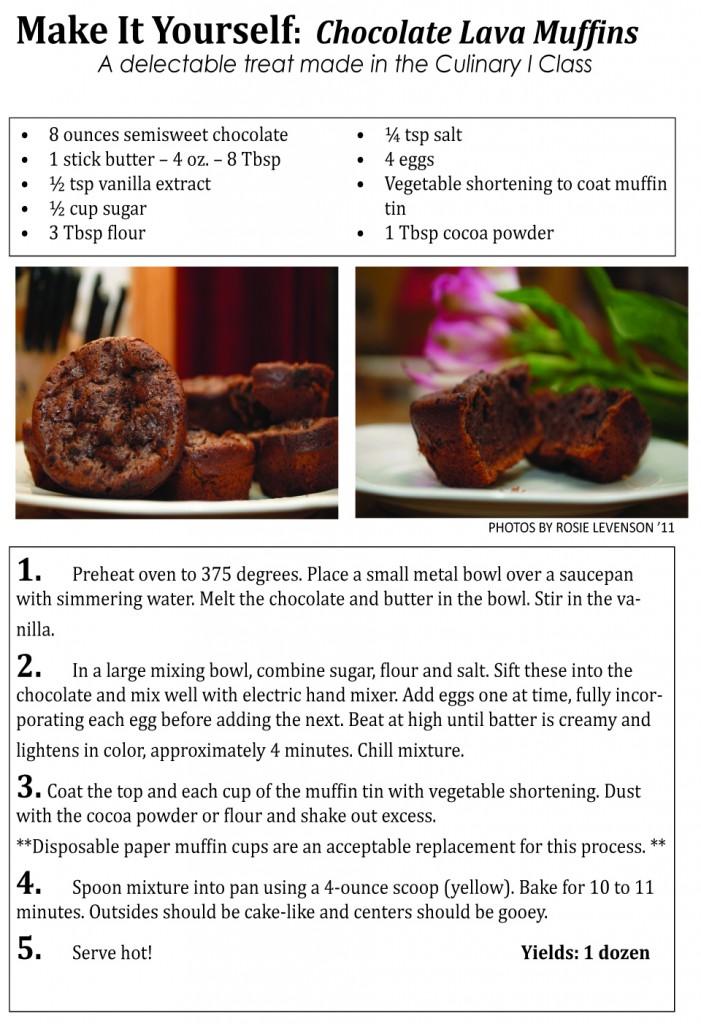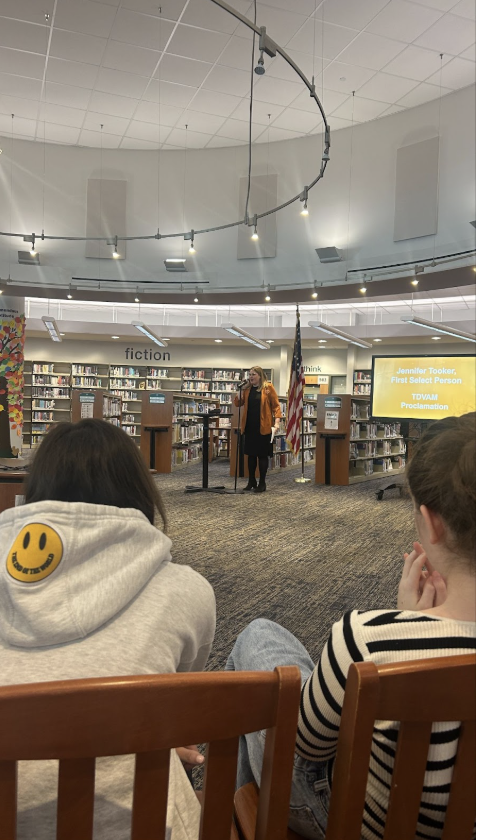Ed Hickson ’11
Staff Writer

A frequent sight in the hallways is of a student walking around with aromatic-smelling snacks on a saran-wrapped plate. However, students are not bringing these in from home; these delicious foods are courtesy of the culinary classes in the Family and Consumer Science Department.
Out of the many electives to choose from at Staples, the culinary courses are usually one of the most popular classes among students. There are approximately 15 students per class, with 12 running classes throughout the year. This totals out to close to an enrollment of 360 students per year.
The reasons for enrolling in the culinary classes range among students. Reasons behind enrollment can range from aspiring to become a chef to simply fulfilling part of the Fine Arts graduation requirement.
“For many, culinary gives them an opportunity to learn a skill that will later give them a wonderful hobby for the rest of their lives or an ability to take care of themselves when they are on their own, Chef Cecily Gans said. “It is a very different type of classroom and it serves a multitude of purposes.”
Chris Sledge ’10 agrees. “I took culinary because I was a terrible cook, and felt that before I went to live on my own, I should know some remedial cooking skills,” said Sledge.
“A lot of people want to learn how to cook, but more people take it for the food,” said Emma Axthelm ’11.
As for teaching the culinary classes, students in any of the three levels of classes learn what Gans describes as “a mix of nurturing and discipline.”
“It is very hands-on, so the students come in everyday and get on an apron and wash their hands, then they get a recipe and get to work,” said Gans.
In Culinary Arts I students are introduced to the culinary profession, and learn how to create baked goods and different pastry formulas.
In Culinary Arts II, students focus on cooking a different international food each week. Students advance their culinary experience while applying their knowledge from Culinary I.
In Advanced Culinary Arts, students are able to create their own recipes using different ingredients.
There is an emphasis on the techniques of culinary in all three classes. “In the midst, they learn new technique and the tools of the trade. They also learn sanitation and the rules of working in a professional/commercial kitchen,” Gans said.
If students want to expand their culinary skills even more, they can become teacher assistants to the chefs for any given class. As a teacher aide, students hone their cooking and leadership skills while gaining class credit.
“Most days I am helping other students out with their recipes, sometimes getting ingredients, chopping vegetables, doing dishes, and helping groups that have fallen behind schedule,” said Axthelm, who is a Teacher Assistant for one of Gans’ Culinary 2 classes.
The popularity of the class could be due to many factors, especially with the added attraction of free food. Another factor for the popularity of culinary is its reputation as a more practical and hands-on course as compared to other academic classes.
“I feel that culinary is kind of a break from the monotonous ‘grind’ of high school and reminds students that there’s more to school than textbooks and pencils,” Sledge said. “I think that practical skills make the high school experience more enjoyable.”
Students may also want to pursue a professional cooking career after high school. “We have sent many students to Cornell’s famed Hotel School and many to Johnson & Wales to Culinary School, as well as many, many students to Hotel & Restaurant Management programs across the country,” Gans said.
Whatever the reasons, the Culinary Arts classes remains increasingly popular among the student body.















































